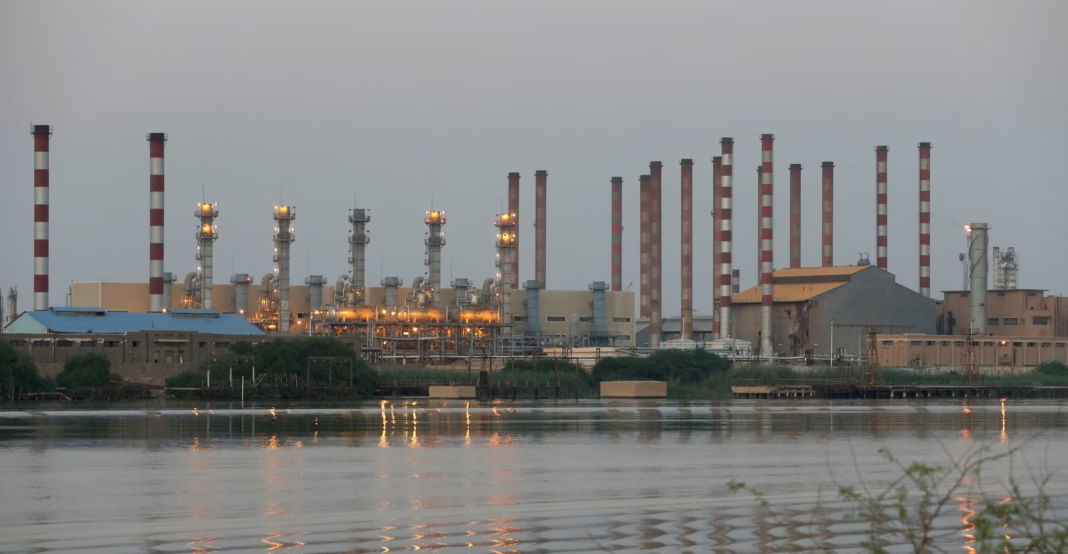The Saudi oil capacity challenge has taken center stage as regional conflict threatens global oil supply. After Israeli strikes on Iran, prices surged nearly 7 percent due to fears of major supply disruption.
Iran exports over 2 million barrels of oil per day. Its total production reaches around 3.3 million barrels. If Iran’s exports stop, the Saudi oil capacity challenge could leave markets exposed.
Only Saudi Arabia and the UAE can increase output quickly. Together, they hold around 3.5 million barrels per day in spare capacity. This roughly equals Iran’s output, but further disruptions would strain that limit.
Iran warned it may block the Strait of Hormuz. This narrow route carries 20 percent of the world’s oil supply. A full shutdown could raise prices by another $20 per barrel, experts say.
The Saudi oil capacity challenge continues to expose limits within OPEC+. Many members already struggle to meet new production targets. Post-pandemic underinvestment has reduced their ability to pump more oil fast.
Saudi Arabia increased its output to over 9.5 million barrels per day. However, it can raise production by only about 2.5 million barrels more. That figure, though, hasn’t been sustained long-term in recent years.
Meanwhile, the kingdom shifted resources to other national projects. As a result, investments in spare oil infrastructure have slowed. This shift adds new pressure to the Saudi oil capacity challenge.
Other OPEC+ members face similar issues. Russia, for instance, claims high potential output. But sanctions and technical limits mean it can raise production by just 250,000 barrels short term.
The UAE could lift output, though estimates vary. It claims 4.85 million barrels in capacity. Independent sources, however, suggest lower figures. This creates more uncertainty for global planners.
Tensions inside OPEC+ are rising. Saudi Arabia wants to phase out 800,000 barrels of daily cuts by October. In contrast, Russia, Oman, and Algeria prefer delaying production hikes.
The Saudi oil capacity challenge raises concerns about spare supply running out. If new disruptions occur, there might not be enough oil left to stabilize prices.
Saudi Arabia remains the only reliable source of quick oil expansion. But even it faces production limits and long-term strain.





